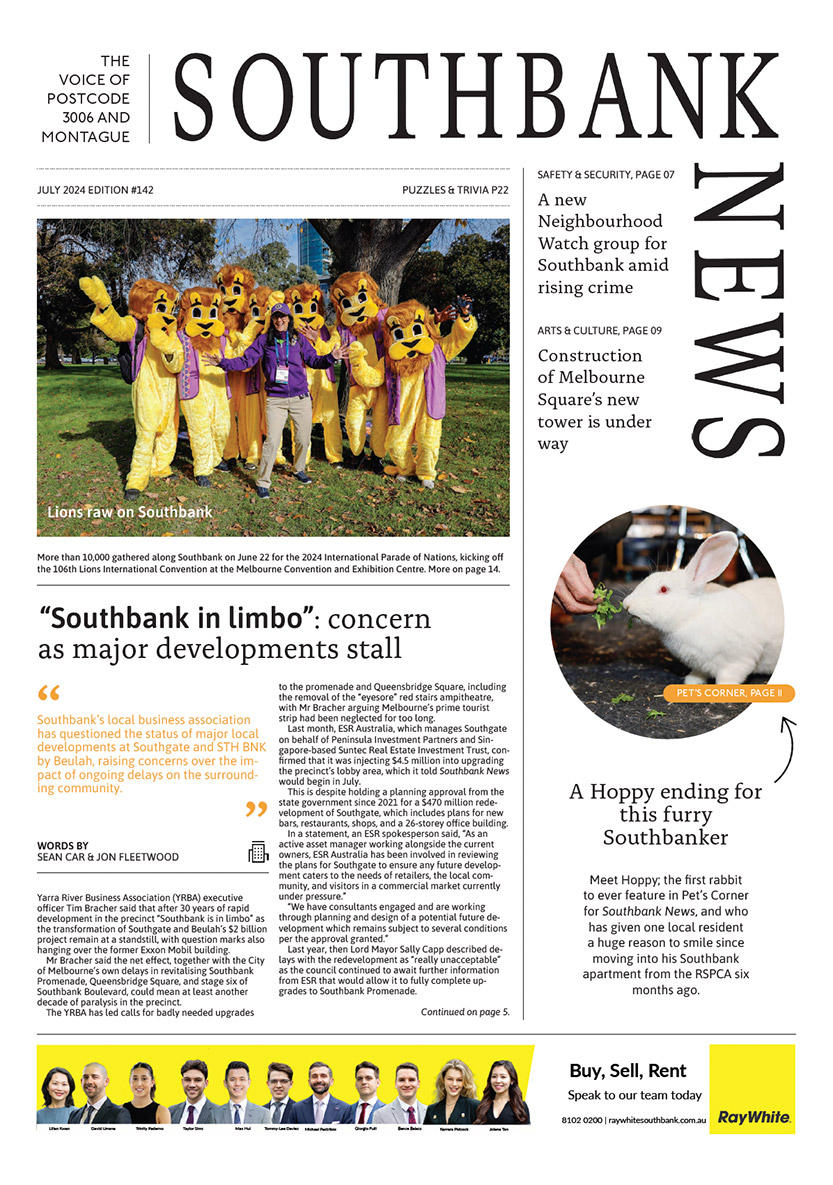Keeping it casual with Chanel
The name Chanel connotes luxury, expense, privilege and a host of other out-of-reach qualities for the modern dresser.
An original Chanel padded handbag, for example, sells for $3000 on eBay.
But like most myths, the one that has evolved around the famous French fashion house is misleading.
Gabrielle “Coco” Chanel turns out to be a radical designer who helped move women out of cosseted beauty and into action in the everyday world.
A retrospective at the National Gallery of Victoria shows how Chanel rejected the hourglass figure early last century in favour of soft lines and a dropped waist and she never varied her stance.
At the heart of her practice is the French concept of allure, which refers to the tension between a garment and a body and in Chanel’s clever hands this was quite loose.
Many of the more than 100 outfits on display in Gabrielle Chanel Fashion Manifesto look dowdy from a contemporary perspective but in their monochrome colours and uniform shapes lay the antecedent to the more relaxed, casual style of today.
Curator Katie Somerville, head of fashions and textiles at the NGV, is not talking about opening nights at the opera when she spruiks for the show but detachable collars and cuffs, high-cut armholes and skirts that hug the hips rather than the waist.
You can imagine models in Chanel outfits mooching along the sidewalk in black, cream and navy with red for trimmings rather than strutting about with their noses in the air.
Chanel virtually invented the LBD (little black dress) and she loved materials, experimenting with silk jerseys from men’s fashion and lace from lingerie but most of all she loved tweed. There are about 20 of her tweed suits on display.
“These iconic suits renewed the styles of women’s wardrobes from the mid-50s until now,” Katie said. “They were softly tailored, unstructured with high-set armholes and pockets that worked.”
The jackets hug like a cardigan and have chains inserted at the hem so they fall well. The two-tone shoes have a black toe to hide scuffs and a beige body to lengthen the line of the foot.
The exhibition needs time on the part of the viewer to appreciate Chanel’s style. The armhole innovations, for example, give more freedom to the shoulder. Detachable collars and cuffs create variety. Three-quarter length sleeves are better for movement. These were innovations that evolved during the making.
Chanel began working in a drapery in 1903. In 1909 she opened a millinery and her first couturier house in Biarritz in 1915. She rarely varied her line. This was a source of strength, according to her biographers.
She had a few mishaps, like all of us, when she was arrested at the Hotel Ritz for having a fling with a German officer during the Second World War. She was released but spent 10 years in exile from the fashion world.
Unlike most historical exhibitions at the NGV, there is no criticism nor contextual explanations. “The exhibition is so revolutionary,” Katie said. “It looks at her work in such detail. There is so much a sense of etiquette. She’s the quintessential designer for the classic moment.”
Chanel gowns were expensive in that they were done by hand. She didn’t do sketches but worked directly on a mannequin. They were popular with actresses in the French New Wave cinema.
The exhibition has its international debut in Melbourne, after showing at the Palais Galliera in Paris in 2020. Rather than being a flamboyant history of the catwalk, this is a subdued examination of the work of a woman who was still designing when she died in 1971.
Gabrielle Chanel Fashion Manifesto, National Gallery of Victoria, until April 23 •

Sally Capp: one last chat as Lord Mayor of Melbourne







 Download the Latest Edition
Download the Latest Edition